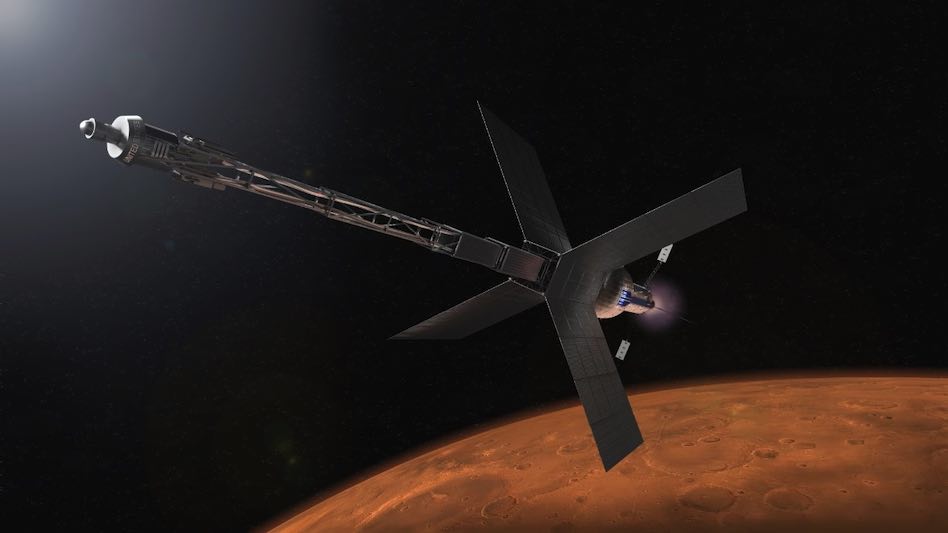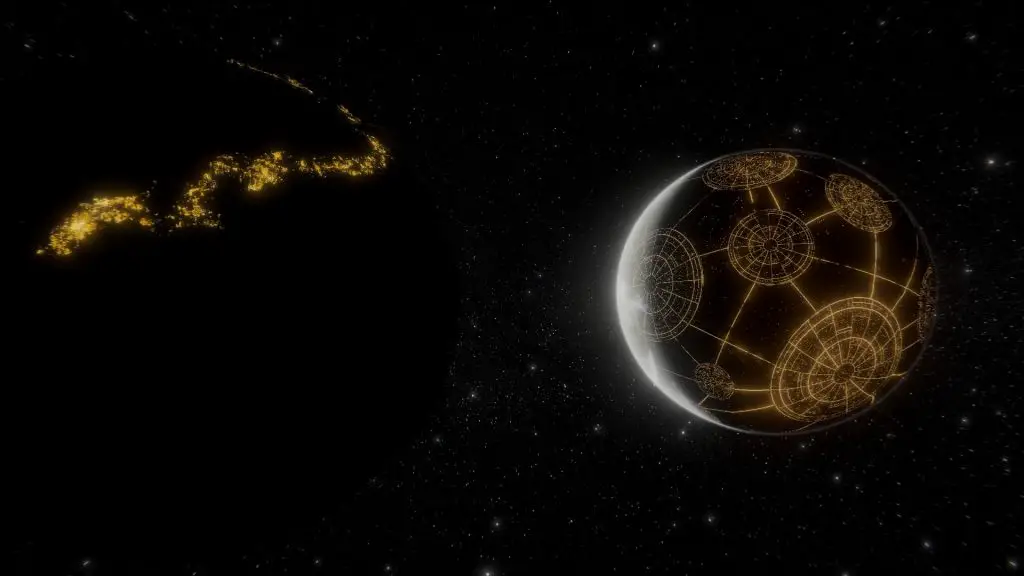As it’s so close to Earth, Mars is the planet that humans will most likely step foot on and explore first.
Ultra Safe Nuclear Corporation (USNC) has introduced a groundbreaking thermal nuclear engine design that could drastically shorten the time it takes for astronauts to travel to Mars. This innovative engine could carry a crew to the Red Planet in just three months and return them to Earth in the same amount of time, cutting current travel estimates by half. This is made possible by USNC’s use of high assay low enriched uranium (HALEU) fuel in ceramic microcapsules, which allows for a lighter and safer nuclear reactor, specifically designed for space travel.
Thermal Nuclear Propulsion: An Old Idea, New Potential
The concept of nuclear propulsion has been around for decades. While the use of nuclear reactions to generate immense heat is well-established in weapons, it has yet to be fully realized for spacecraft propulsion. Past designs lingered in the experimental phase before being abandoned, though they have been revisited occasionally for further research. Unlike chemical rockets, which use liquid oxygen or similar propellants to create combustion, nuclear thermal engines use the heat from nuclear reactions to push rockets at far higher speeds. This advancement brings nuclear-powered rockets closer to the speed required for efficient space travel, making Mars missions more feasible.

USNC’s thermal nuclear engine design arrives at a pivotal moment, shortly after Elon Musk suggested that nuclear propulsion could be critical for ensuring astronaut safety during Mars missions. Musk’s primary concern is the health risk posed by prolonged exposure to cosmic radiation during space travel. A faster trip would significantly reduce the time astronauts are exposed to this dangerous radiation.
The Department of Energy has also weighed in on the safety of HALEU fuel. Although handling nuclear materials always carries risks, HALEU is considered to be less dangerous than many other nuclear options. Moreover, cosmic radiation exposure during a long journey to Mars is likely a far greater threat to astronauts’ safety than handling HALEU fuel.
Leveraging Nuclear Technology for Space Travel
USNC’s nuclear thermal engine builds on existing nuclear technology, particularly its microreactor systems. While USNC is divided into two divisions—USNC-Tech, focused on space reactors, and USNC-Power, focused on terrestrial reactors—both divisions share common technological goals. The same ceramic-encapsulated HALEU fuel used in USNC’s nuclear thermal propulsion system will also be used in its terrestrial microreactor energy facilities. This overlap allows USNC to apply advancements in nuclear technology to both space and Earth-based systems.
According to USNC-Tech CEO Paolo Venneri, the ability to transfer nuclear technology between terrestrial and space applications is key to the company’s success. Their nuclear engine is designed to provide twice the thrust of traditional chemical engines while offering improved stability, thanks to the encapsulated fuel. This increased thrust is crucial, as chemical rockets have nearly reached their maximum efficiency and capacity. To move beyond the limits of chemical propulsion, nuclear technology is seen as the most viable path forward.
In conclusion, USNC’s new nuclear engine marks a major step toward more rapid and efficient space travel. If successful, this technology could revolutionize how we explore distant planets, potentially bringing human missions to Mars within reach. With its combination of safety, speed, and stability, nuclear propulsion could be the key to unlocking the next era of space exploration.

